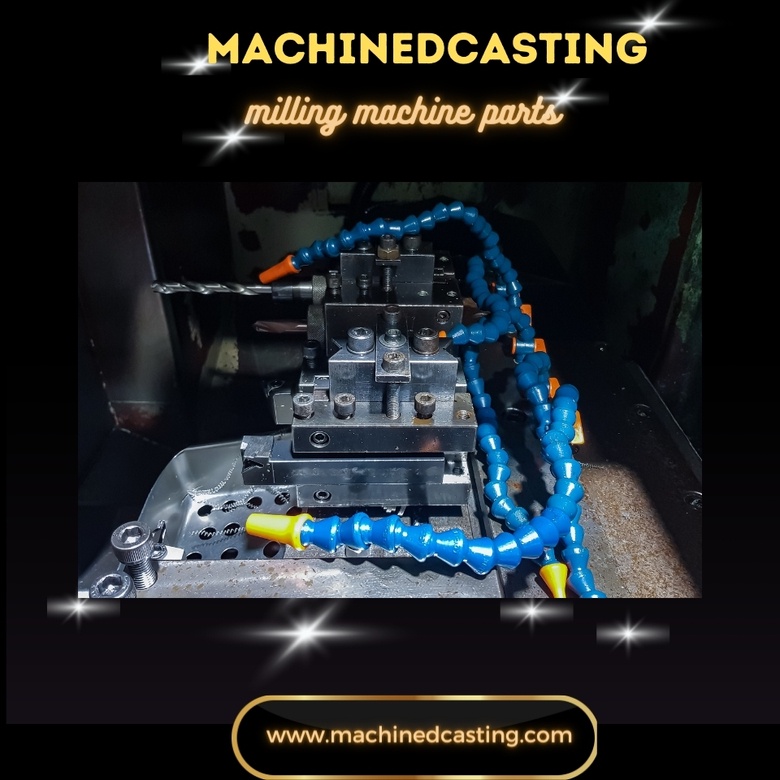Milling machines are essential tools in machining, used to shape solid materials. Understanding the various parts of a milling machine is crucial for efficient operation and achieving desired outcomes. This guide provides a detailed overview of the key components of milling machine parts, their functions, and how they contribute to the machining process.
-
Base: The base is the foundation of the milling machine parts, providing stability and support for all other components. Typically made of cast iron, it is heavy and sturdy to minimize vibrations during operation. The base houses the column and other major components.
-
Column: Mounted on the base, the column is a vertical structure that supports the spindle assembly and guides its movement along the z-axis. It is usually made of cast iron or steel to withstand the forces generated during milling.
-
Knee: The knee is a vertically adjustable component that moves along the column, providing support for the saddle and table. It allows for precise vertical positioning of the workpiece and cutting tool.
-
Saddle: The saddle sits on top of the knee and can move along the y-axis, perpendicular to the column. It supports the table and allows for horizontal movement during milling operations.
-
Table: The table is the work surface where the workpiece is mounted and secured for machining. It can move along the x-axis, parallel to the column, and is equipped with T-slots for clamping fixtures and workholding devices.
-
Spindle: The spindle is the rotating shaft that holds the cutting tool and drives its movement during milling. It is mounted on the spindle head, which can be adjusted vertically along the column to accommodate different workpiece heights.
-
Spindle Head: The spindle head houses the spindle assembly and motor. It can be tilted or swiveled to achieve angled cuts and accommodate various machining requirements.
-
Arbor: The arbor is a cylindrical shaft that connects the spindle to the cutting tool, such as an end mill or face mill. It transfers rotational motion from the spindle to the tool, enabling material removal.
-
Cutter: Cutters are the tools used to remove material from the workpiece during milling. They come in various shapes and sizes, including end mills, face mills, and slot drills, each designed for specific machining tasks.
-
Controls: Modern milling machines are equipped with electronic controls for precise operation and automation. These controls allow operators to adjust spindle speed, feed rate, and toolpath with accuracy, enhancing productivity and quality.
Conclusion: Mastering the various milling machine parts is essential for achieving precise and efficient machining results. By understanding the functions and capabilities of each component, operators can harness the full potential of milling machines for a wide range of machining applications.


No comments yet